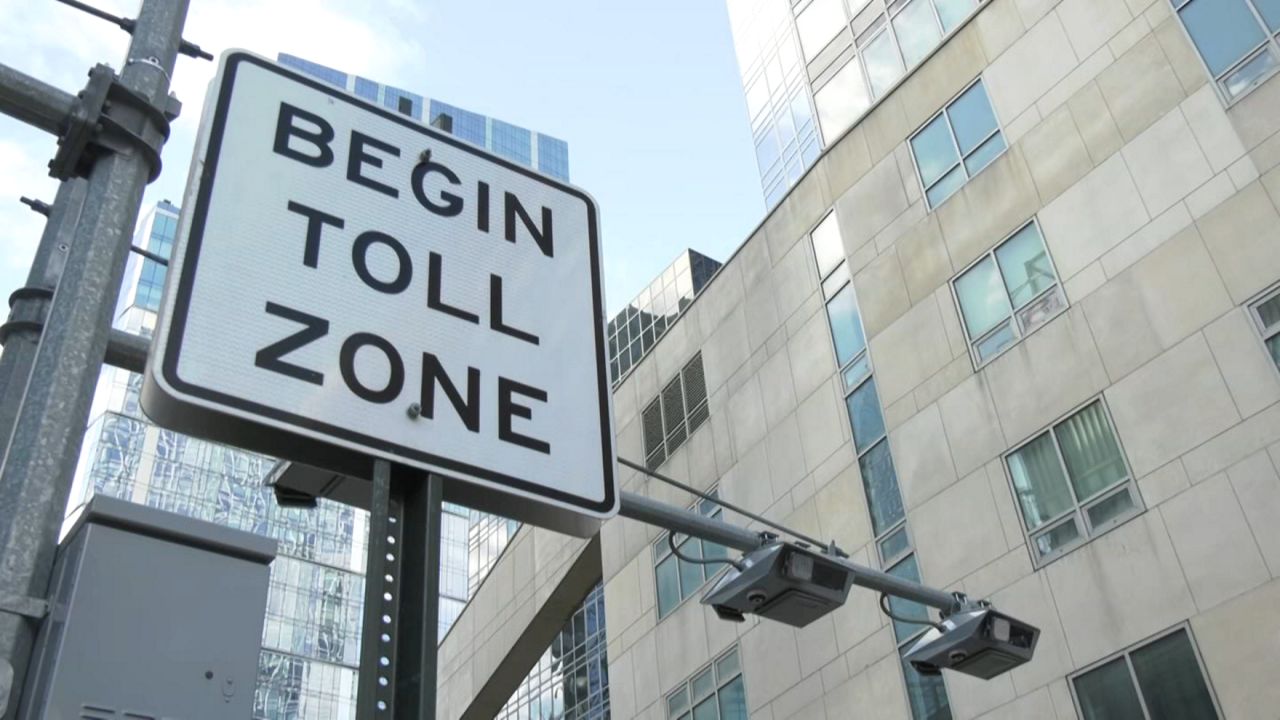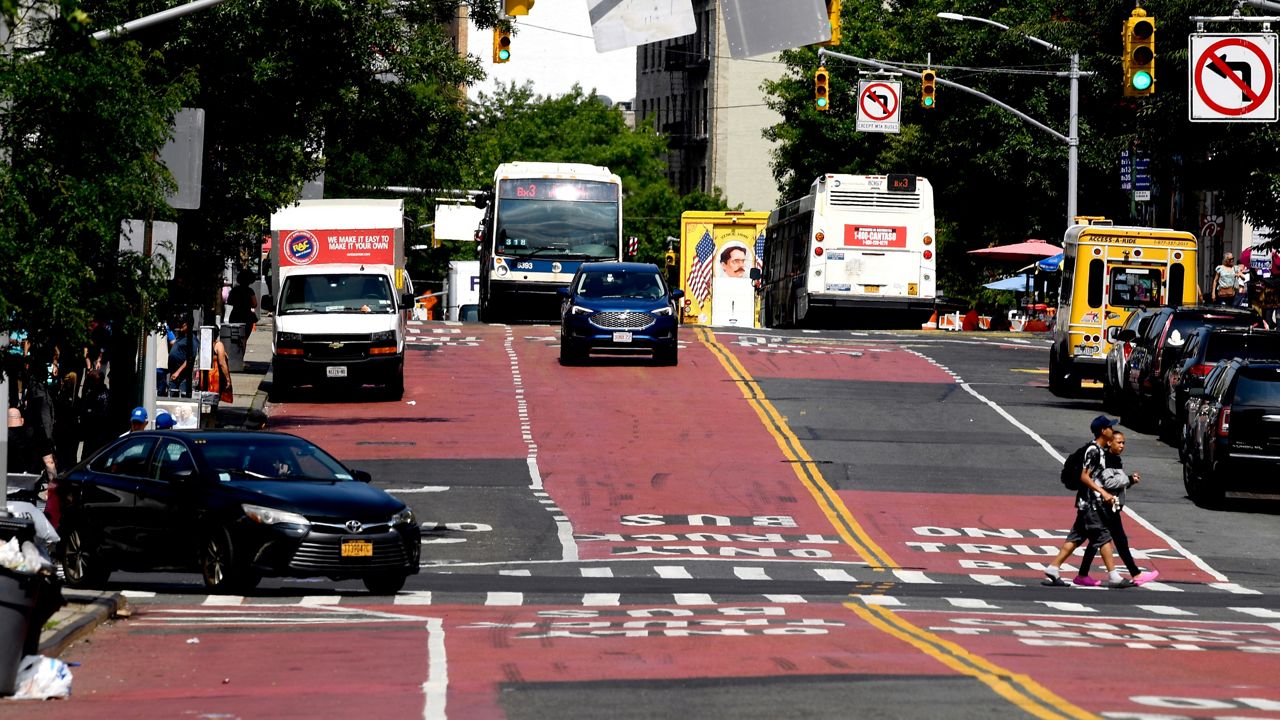NEW YORK - The MTA says making the subway more accessible is not just about installing more elevators.
"There is way more to it than that," Andy Byford, president of NYC Transit, said. "There are sensory disabilities, there are cognitive disabilities. There's a whole spectrum of disabilities."
MTA officials, visited the Jay Street station in Brooklyn to show off new accessibility measures, including tactile strips on mezzanines and platforms, brightly colored directional markings, maps in Braille, and five new apps.
"We absolutely want to find a way to implement these features in future stations and change the standard for what accessibility means," said Alex Elegudin, the MTA's transit accessibility adviser.
Richard Jacobson, who is visually impaired and serves on an MTA advisory committee for accessibility, says he has to do a lot of planning to use the subway, especially if he's entering a large station served by multiple lines.
But after testing some of the MTA's new accessibility features, with his service dog Clyde, Jacobson said navigating the system will be easier.
His reaction to the tactile strip:
"That was great. Not only could I follow it, but she was also following it," Jacobson said.
And on a new station map with Braille and embossed letters:
"I would love it if they could make this a little more bold, and larger so that it'd be easier to identify a letter or two, as I look at it."
But, he said, "the idea is definitely in the right place."
The MTA also is experimenting with apps, like Aira that enables riders to stream their commute, so a remote agent can guide them.
"It takes away some of the complexity and the confusion that a blind person might have," Paul Schroeder, a vice president at Aira, said.
The MTA faces criticism for not having enough elevators. The lifts are so costly that current plans call for installing them at 70 more stations over five years, leaving more than half the system without them.
Still, in a station as big and busy as Jay Street, some riders welcome the more modest steps to keep them on track.
"This is a step in the right direction," commuter Richard Clay said. "We're thankful for any improvements"
The MTA is evaluating these features through the end of the year.
Riders can leave feedback on the MTA's website.







_Dnt_MTA_Fare_Gates_Clean)
_LLV_Dnt_Super_Speeders_Bill_Clean_134073220_675)
